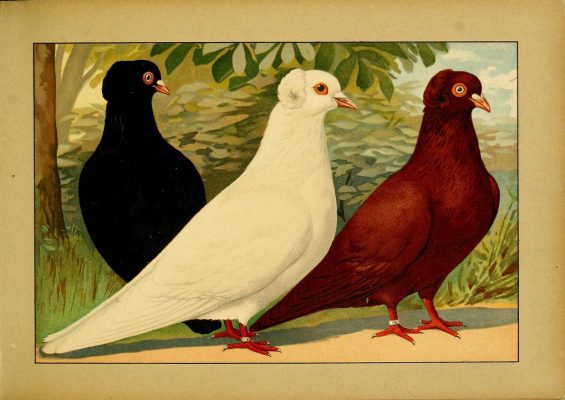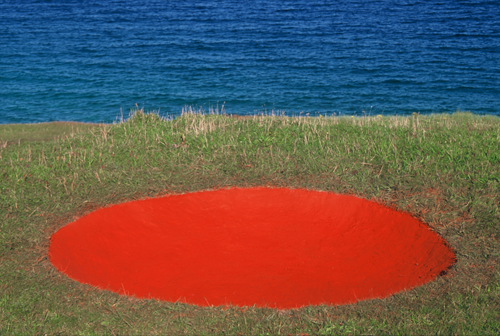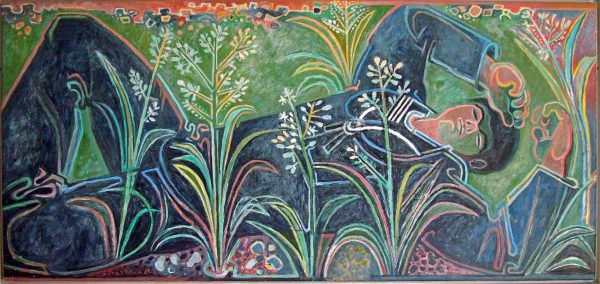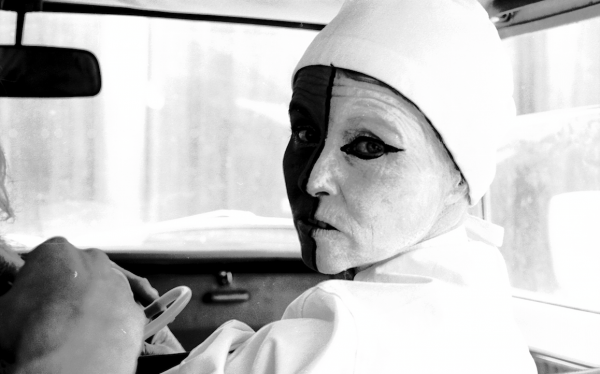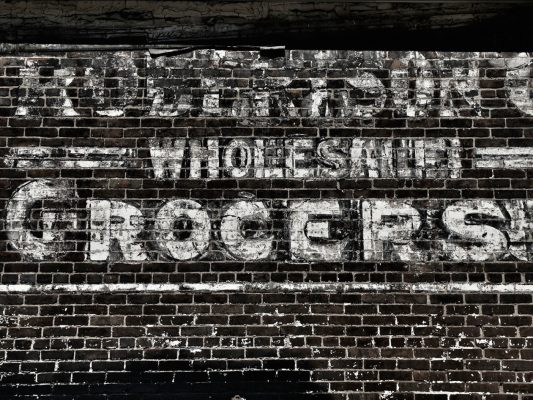The first contact I had with Mary Ruefle was through her website. Against a black landing page, five headings in yellow serif font float, suspended in HTML darkness. Clicking on the ‘contact’ link redirected me to a cruel joke: ‘Surprise! I do not actually own a computer. The only way to contact me is by contacting my press, Wave Books, or by running into someone I know personally on the street.’ This message hovered next to an image of an empty stone font resembling a bird bath, over whose basin had been taped the words ‘The Unknown’. Since Ruefle lives in Bennington, Vermont, a chance encounter seemed unlikely. Instead, I got in touch with her ‘people’. Doing so marked the beginning of a generous correspondence unfolding over several months, all via ‘snail mail’. A reflection of her devotion to the materiality of writing, Ruefle writes almost exclusively by hand, a habit which does nothing to inhibit her productivity. She has published eleven books of poetry, two volumes of prose and one comic, alongside a collection of lectures. She has also made some ninety-nine erasure books, a ritual to which she dedicates herself daily. I was reminded of this each time she returned the transcript of our interview, cross-hatched with red ink, and little white shadows of Tippex.
‘Wite-Out’ forms a kind of scar, evidence of one formulation of thought deleted at another’s expense; it is also a gesture of illumination, of ‘burying and bringing to light’. Ruefle’s writing pinpoints little snags in the fabric of the ordinary – a woman suddenly too fearful of the light inside her refrigerator to access a pitcher of water, or that ‘feeling of frightening abundance’ that descends when you realise there is altogether ‘too much shampoo and too much toothpaste, too much pollution, dirt, rocks and grass’ in this world. Rote gestures, like sweeping crumbs from the kitchen counter, gain dimensions of tenderness wilfully repressed in everyday life. As Ruefle confesses: ‘I like to turn ordinary actions into an encounter’. A preoccupation with dust, dishcloths and petroleum jelly is a political preoccupation, with the fibres that constitute a life. Rather than offering a self-conscious lesson in the personal-as-political, Ruefle reconstitutes the banal as a site of mystery and intrigue. This childlike inquisitiveness trails her work, irrespective of scale; it sticks as readily to blockbuster questions (about sex, death, even poetry itself!) as to small-fry.
In one letter, Ruefle asked if I’d seen Lady Bird, praising it as a ‘fine film’. When Lady Bird expresses tearful, morning-after disappointment that her first sexual experience wasn’t all she’d imagined, her irritating boyfriend, Kyle, is disdainful. Her pain, he assures her, ranks low on a hierarchy of suffering compared with that, say, of Iraqi civilians murdered by the US military. Lady Bird retorts sharply: ‘Different things can be sad.’ The line’s comedy relies on an adolescent brand of narcissism that risks being totally charmless. But it endears Lady Bird to us precisely because it conceals the gnarly fact that suffering is nuanced, that it can’t always be scaled-up to have global significance. The sufferings of the world can feel gargantuan; still, that doesn’t lessen the sting of that ‘orange sadness’ of ‘things left overnight in the oven and forgotten’. During our correspondence, Ruefle exhorted me to ‘think about the lost moments in [my] own life’. I hope this interview prompts readers to do the same.
